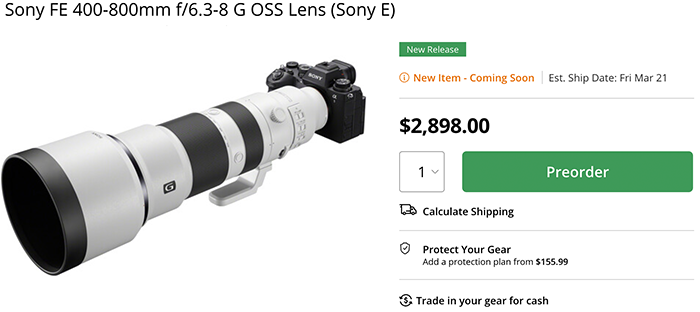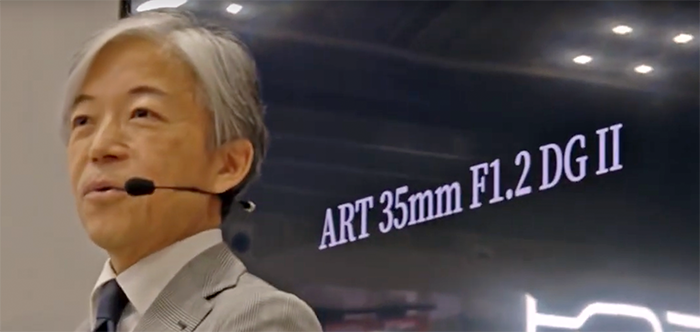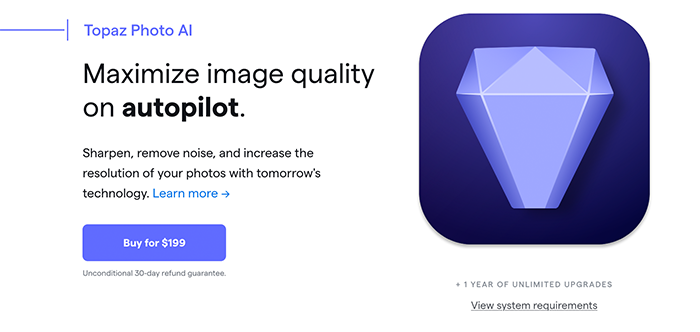RUMOR: New Sony dual layer sensor to be called Exmor T
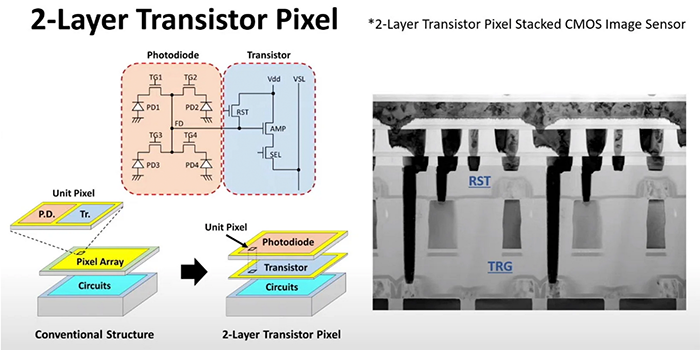
As you know within hours Sony will announce the new Xperia 1V smartphone that will feature the world’s first dual layer camera sensor tech. A new source just sent me this:
Exmor = old FSI
Exmor R = BSI regular (majority of photo cameras)
Exmor RS = sensors for phones (regular BSI type) , those with built-in DRAM for phones/cameras, industry (starvis)
Exmor T = dual layer transistorApparently
It has same combo 16/24/85-125mm of previous model.
Probably just 24mm has new tech.
Here is my last weeks video about this sensor:
My take on the Nikon Z8 compared with the Sony A7rV and Sony A1
Based on the specs I made this quick comparison between the Nikon Z8 and Sony A7rV. Overall the Z8 is a superb hybrid camera while Sony’s much better EVF, autofocus and mechanical shutter make the A7rV the best stills camera. As a photographer I definitely prefer the A7rV (which I do own). But the real risk for Sony is that the Nikon Z8 stacked sensor performance is close enough to the Sony A1 that it’s hard to justify the $2,500 price gap. What do you think?
Sony A7rV vs Nikon Z8
– Z8 has a much faster stacked sensor (20fps vs 10fps in RAW)
– Z8 has better video quality (12bit internal recording vs 10bit, 8K 4:2:2)
– Z8 has better ergonomics (and top LCD screen)
– A7rV has three times better EVF resolution
– A7rV still has the edge in terms of resolution
– A7rV has still better autotofocus (200 more AF points)
– A7rV has also a mechanical shutter (no distortions risk)
Sony A1 bv Nikon Z8
– A1 has 10% more resolution
– A1 still shoots 30fps RAW
– Z8 is much cheaper!
More info:
A full spec comparison chart with he Sony A7rV A1 and the Canon R5 is available at BHphoto (Click here).
Nikon Z8 pricing and specs info at BHphoto, Amazon, Adorama, FotoErhardt
New Nikon Z8 announced. Comparison with Sony A7rV and Sony A1
Nikon announced the new Z8. A full spec comparison chart with he Sony A7rV A1 and the Canon R5 is available at BHphoto (Click here). As a side note it’s interesting to see the new Dpreview Z8 review which seems to hint to the fact that somehow Dpreview will continue to exist?
All I can say now, Sony definitely got the message they have to improve their firmware policy
Today Sony released a rather unexciting 1.32 firmware update for the Sony A1. But, I know Sony got the message that their firmware strategy isn’t ideal. And I hope a 2.0 firmware update will be released in late summer to make us all happy!
Sony A1 firmware update 1.32 released
You can download it here: sony.com/electronics/support/e-mount-body-ilce-1-series/ilce-1/downloads
Benefits and Improvements
- Fixes an issue where the camera may not start when the Mode dial is set to Movie and the NTSC/PAL selector is set to PAL
- Improves the operational stability of the camera
So this is a bug fix release and no new features have been added :(
Just released: New Topaz Photo AI v1.3
The new Topaz Photo AI v1.3 has been released. Here are the updates:
New Sharpen Strong model
Topaz Photo AI v1.3 introduced a new Sharpen Strong model that recovers more detail and generates fewer artifacts than before. Autopilot now selects Sharpen Strong instead of the older Motion Blur / Lens Blur options.
Here is a comparison of the results between Sharpen Strong and the old Lens Blur model for a misfocused subject at 200% zoom:
As you can see above, Sharpen Strong helps generate more natural and detailed results for images with severe motion or lens blur. Unlike previous models Sharpen Strong does not handle noise, so you may now need to enable Remove Noise if you notice noisy output.
We will be improving Sharpen Standard and Strong in the coming months. In the meantime, if you still want access to Motion Blur and Lens Blur, you can re-enable them by switching on Preferences → General → Legacy Models. Read the docs 21 for more information and a test sample image.
Allow selecting non-detected faces
You can now manually select faces that weren’t previously detected by Autopilot:
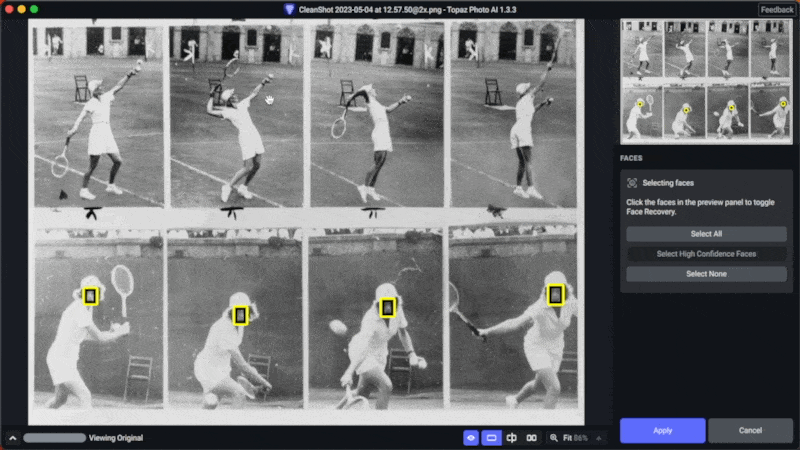
Internally we assign a “confidence score” to the likelihood that each image feature is a face. Autopilot only recovers faces with a high confidence score, otherwise we would end up attempting Face Recovery on many non-face objects.
You can now manually select low-confidence faces to be included by Face Recovery, which should cover many cases that Autopilot previously detected incorrectly. To do this, click the Select button next to the Face item in Autopilot. You can learn more in the docs 12.
10x faster in-app updater downloads (Win)
We’ve introduced patch updates that make in-app updates significantly faster on Windows. Updating from v1.3.0 → v1.3.x using the in-app updater now requires a 10x smaller installer download than before. A few caveats:
This only currently affects patch updates (v1.3.1 → v1.3.2). Major (v1 → v2) and minor (v1.3 → v1.4) upgrades will still use the full download.
For Mac users: we currently only support patch updates on Windows, but Mac installers are already ~70% smaller than their Windows equivalents.
This is a big step towards reducing friction around our weekly product updates. Our long-term goal is to create an update process that you don’t need to think about or work around.
Other improvements and fixes
We’ve also fixed several important issues and made many smaller improvements within the past month:
Refined the Enhance Resolution Standard model: fix blurriness in highlights, better handle strong compression, more natural faces.
Fixed half-face recovery issue
Fixed distorted or rotated masks in Lightroom Classic
Fixed issue where Autopilot RAW output would be different than preview
Fixed exporting a large number of images
Added image thumbnails for all file types
Improved preview performance by reusing already-processed tiles
Improved various Autopilot mapping issues
Added support for HIF extension
Allowed preserving bit depth on PNG and TIFF output
Allowed double clicking slider to reset to Autopilot value
Improved logic for showing the “close image” warning
Fixed file size estimate issues
Fixed several crash on exit cases
Fixed various minor UI issues and bugs
CLI: allowed access via tpai on Mac, added the -verbose flag, and added better error handling
